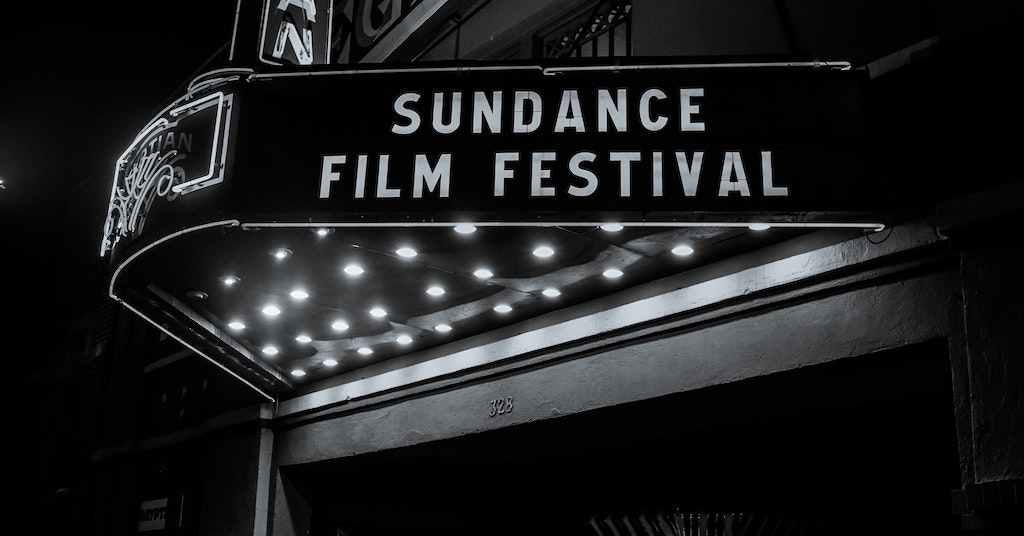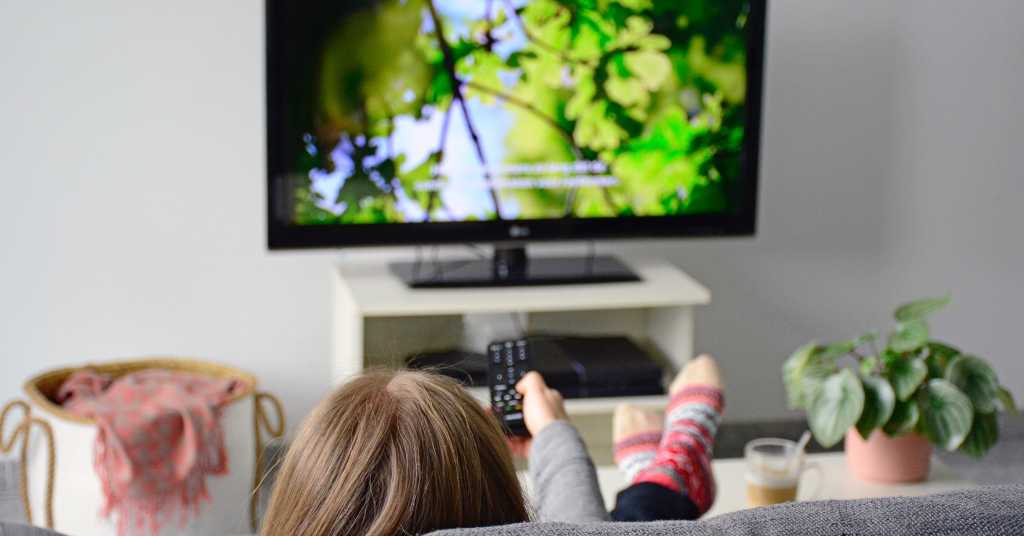Hearing loss and autism spectrum disorder
January 23, 2023
How SoundField helps Emma with teaching
January 27, 2023Sundance captioning fiasco raises awareness of deaf (in)accessibility

Lack of captioning at the Sundance Film Festival made headlines this week after Academy Award-winning juror Marlee Matlin and her colleagues walked out of a film premiere.
Matlin and two other jurors, Jeremy O. Harris and Eliza Hittman, collectively walked out of the film “Magazine Dreams” on Friday because there was not adequate captioning for deaf audience members, according to Variety. Matlin is completely deaf in her left ear and has 80% hearing loss in her right ear. She relies on captions and sign language to communicate.
Lack of Captions for Films
It’s not just Sundance captioning. The lack of captions has been a long-discussed issue. While movie theaters in the U.S. are under ruling of Title III of the Americans with Disabilities Act (ADA) to cover public accommodations, films are not required to have open captions.
Instead, they must:
- have and maintain the equipment necessary to provide closed captioning and audio description at a movie patron’s seat whenever showing a digital movie produced, distributed, or otherwise made available with these features;
- provide notice to the public about the availability of these features; and
- ensure that theater staff is available to assist patrons with the equipment before, during, and after the showing of a movie with these features.
It is unclear exactly what percentage of films in cinemas include captions, but one estimate from the UK reports only 1-3 percent of films are subtitled and are usually aired during unsociable weekday hours when most people are at school or work.
Most international festivals, including Cannes and Venice, are now requesting movies to be captioned in multiple languages on the screen.
In 2021, movie theater chain giant AMC announced that it would add open captions at 240 U.S. locations.
Read more: AMC adds open captions to more movie theaters
The Sundance Captioning Fiasco
The premier of “Magazine Dreams,” a film by Director Elijah Bynum about an aspiring bodybuilder, was supposed to include captions via a caption device provided to Matlin. When the device failed to work, the jurors decided to cancel the screening and resume when the issue was resolved, according to Variety.
In an interview with IndieWire, Bynum clarified that the incident was purely a technical malfunction, not an intentional act by anyone on the creative team.
“…the incident was purely a technical malfunction, not an intentional act by anyone on the creative team.”
“We had been told that we were going to have a device that would allow anyone hearing impaired to have the captions,” Bynum said. “Those devices, or a single device, I’m not sure, malfunctioned last night. And I’m told that we’re doing a private experience where that’s going to be figured out. And hopefully open captions, so we don’t have that problem again. It was quite disappointing to hear about that.”
Why Captions Are Important
Captions in films, TV, video streaming sites such as YouTube and video conference apps such as Skype are not just important to those with hearing loss. Captions can benefit people learning how to read, who have English as a second language, those watching international films and those who simply don’t have access to headphones or prefer to have the sound off as they scroll through apps with videos, such as Instagram Stories.
As video streaming platforms become more common, the need for accessibility through captions is also increasing.
According to a 2022 survey by Preply, 89% of respondents indicated that they’ve used subtitles in the past and 53% of Americans are using subtitles more often than they used to.
- 50% of Americans watch content with subtitles most of the time.
- 55% say it is harder to hear dialogue in shows and movies than it used to be.
- 62% of Americans use subtitles more on streaming services than regular TV.
- 57% watch content in public; 74% of Gen Z do so.
Read more: What we can learn about open captions from this small theater
What Needs to Change for Films to be More Accessible?
A certain level of awareness and empathy needs to be spread among filmmakers and movie-goers collectively to improve accessibility in the entertainment sector. Single-use technology, like the device provided to Matlin, is often unreliable and disrupts the movie experience, according to various reports.
“Most times when Stacey Carroll – who has a profound hearing loss — goes to the movies, either the captions in the glasses only pick up every other line, or the device stops working altogether,” according to a HearingLikeMe article. “She’s usually with other (hearing) people, who feel bad and leave the movie with her.”
Deaf model and actor Nyle DiMarco also publicly complained about movie theater accessibility in 2018, after he had trouble adjusting his CaptiView (the cupholder caption device) and had to change position because he had difficulty viewing the screen. His frustration led him to walk out after 10 minutes, according to the BBC.
Increased Awareness at Sundance
According to the article in Variety, this year’s application for credentials to Sundance asked attendees if they needed access to captioning, however, several filmmakers have declined the request to provide open captions onscreen, citing the costs and time associated with making another print.
“…several filmmakers have declined the request to provide open captions onscreen, citing the costs and time associated with making another print.”
While it is unclear at the moment whether Matlin and the jurors have resumed their film screenings, it has brought a new sense of awareness to accessibility at Sundance Film Festival, which continues though January 29.
The writer-director of “The Tuba Thieves,” at Sundance says his film has open captions, with the dialogue and sound appearing on the screen. “You can’t turn them off,” he wrote in a guest column for Variety. “This makes the film fully accessible, as the captions are woven into the fabric of the narrative of the film. They were constructed in tandem with the sound and the images and the story.”



